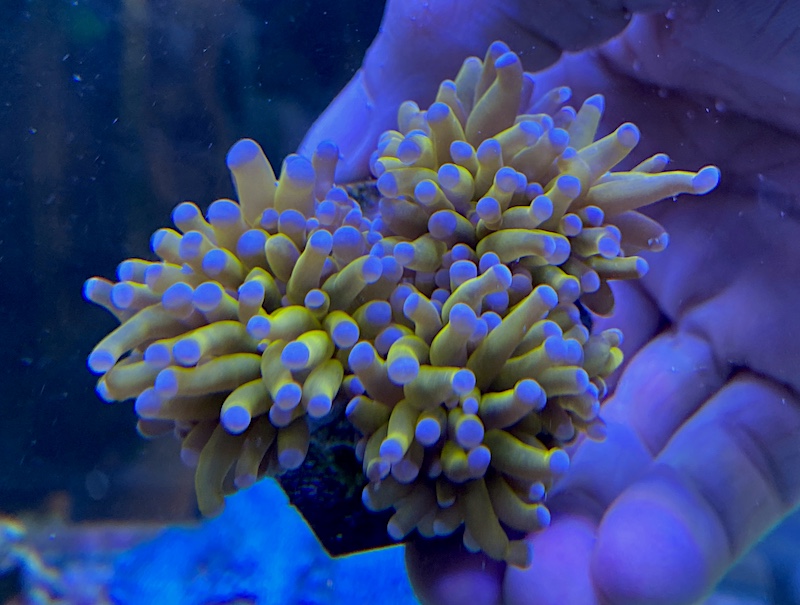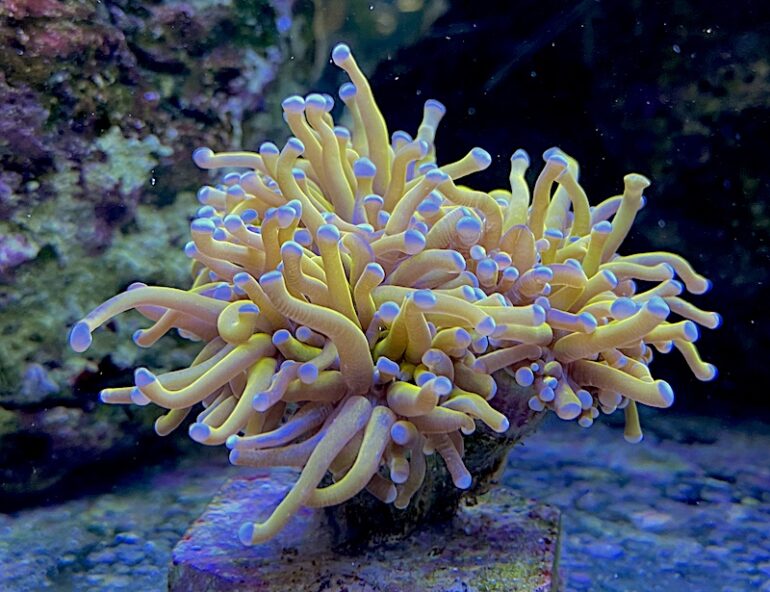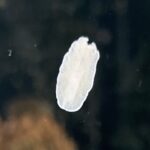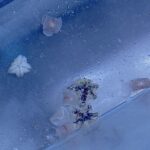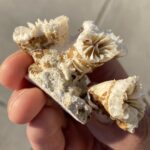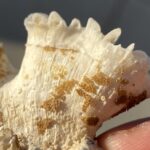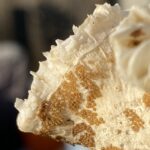Coral pests are pretty much a fact of life for any reef aquarist or coral gardener, and these parasites and diseases range from slightly irritating to downright lethal. Recently we documented our experience with a ‘new’ flatworm that is more damaging than most on some of our Euphyllia glabrescens torch corals but thankfully it is pretty straightforward to deal with.
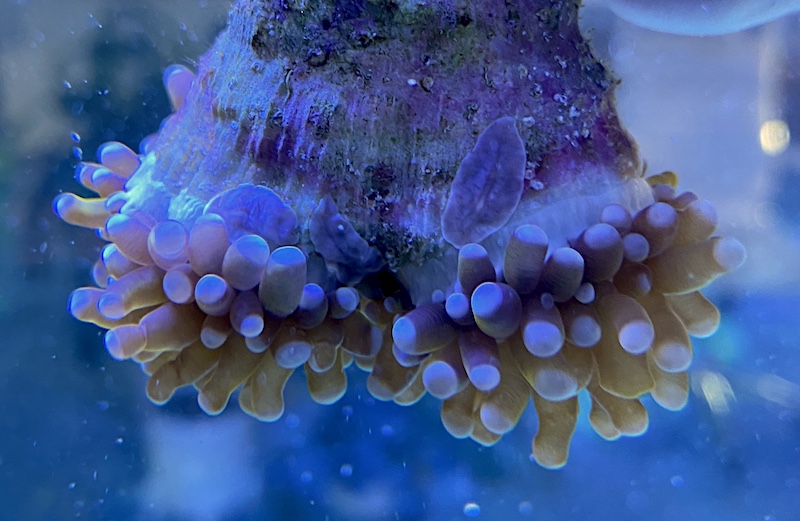
The saga actually began for us when we picked up a nice small head. long tentacle colony of green torch coral from Indonesia, right in that narrow window of time when Indonesia reopened and before the world went on lockdown. Admittedly, we didn’t dip it because we placed it in an SPS dominated aquarium, and weren’t too concerned with it spreading diseases to the montis and Acros.
Over a period of several months, this coral never really opened up with any fervor, tentacles were decently extended but the polyp stayed short and close to the skeleton. Because this coral never looked its best and with no apparent ‘regular’ flatworms that we could see, when this coral finally did decline we chalked it up to being a ‘bad’ piece of coral, rinsed off the skeleton and placed it outside into the sun to salvage the disc base some other time.
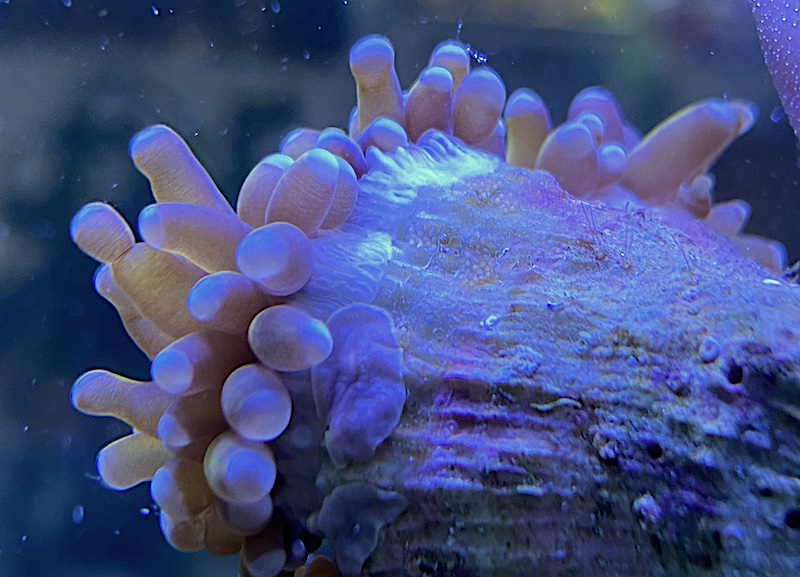
Then a few months later we noticed that a gold torch coral, the classic yellow Australian variety began to show the same kind of half-hearted polyp extension – this time we really took a much closer look. We weren’t really surprised to see flatworms bugging this coral, but we were surprised that it was a species that we hadn’t seen on corals before, but we had observed them crawling on the glass of the tank from time to time.
Interestingly, these flatworms are somewhat different from the typical thin, brown and pretty clear species we often see on LPS, brain corals, soft corals that are slightly annoying, but only irritate the corals when they are in huge numbers. No this euphyllia flatworm is larger, about 6 to 10 mm long, more narrow, lighter in color, and most notably much thicker in tissue than most innocuous aquarium flatworms.
Luckily for us – and our torch corals – this flatworm species is just as sensitive to basic coral dips and is readily removed after a few minutes in solution, making the adults a minor hassle. However we’ve noticed that there’s almost no point in trying to remove the eggs, they are so numerous and so solidly attached, that even the dried out eggs that remained on our previous skeleton have survived several months in the dry, hot summer sun and are just now barely beginning to flake off.
A better protocol would be to repeatedly dip the afflicted torch coral to disrupt the life cycle and keep at it weekly, probably for at least 6 to 8 weeks, to try and eradicate every last of these coral pests. We can’t confirm whether the fleshy Euphyllia flatworm is also a pest of Fimbriaphyllia corals such as frogspawn and hammer coral, but we hope we don’t find out. Thankfully, careful observation is all that is required to catch these undesirable coral predators and a simple harmless coral dip will quickly return the coral to better health, vitality and improved polyp expansion.
